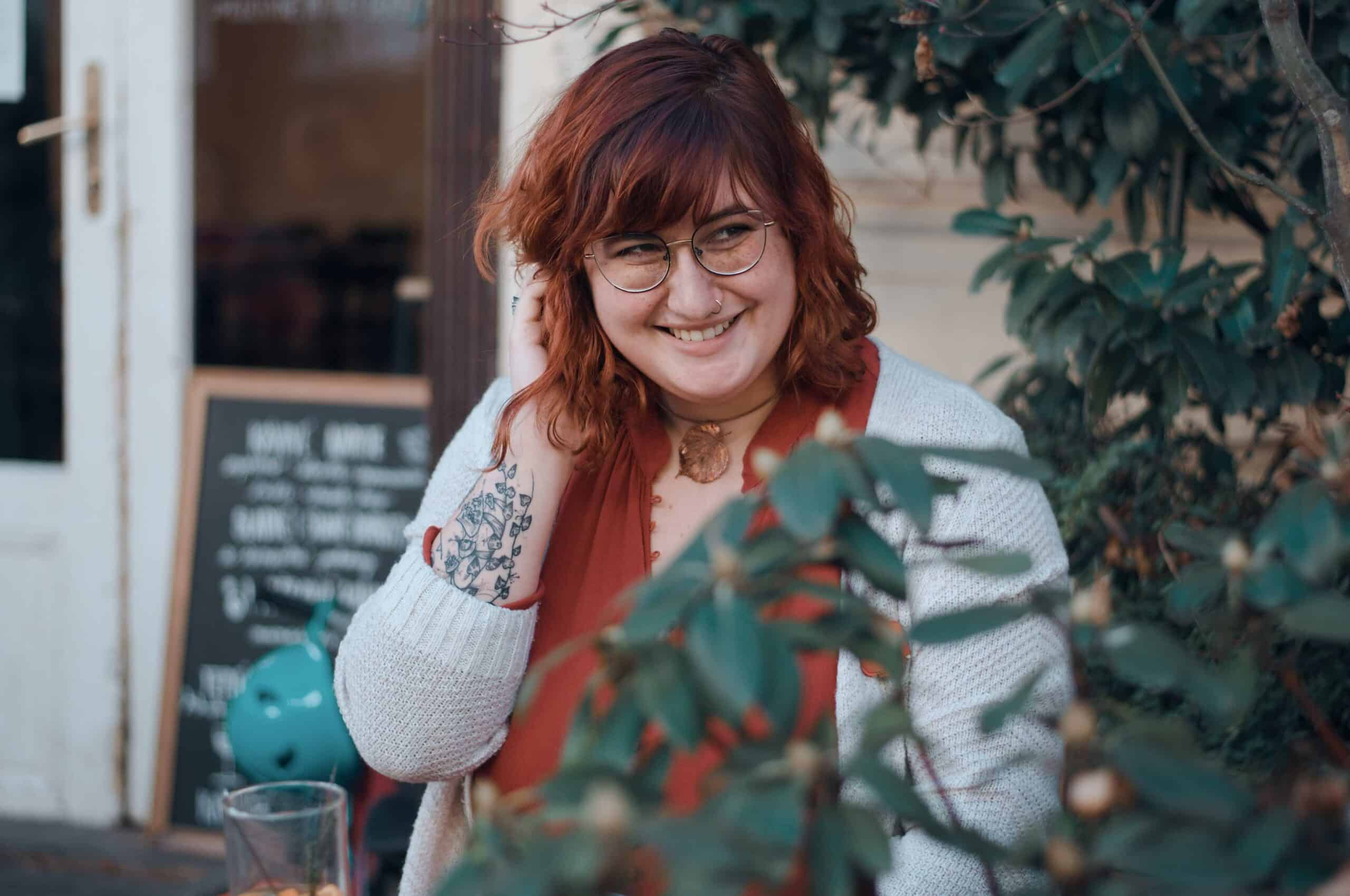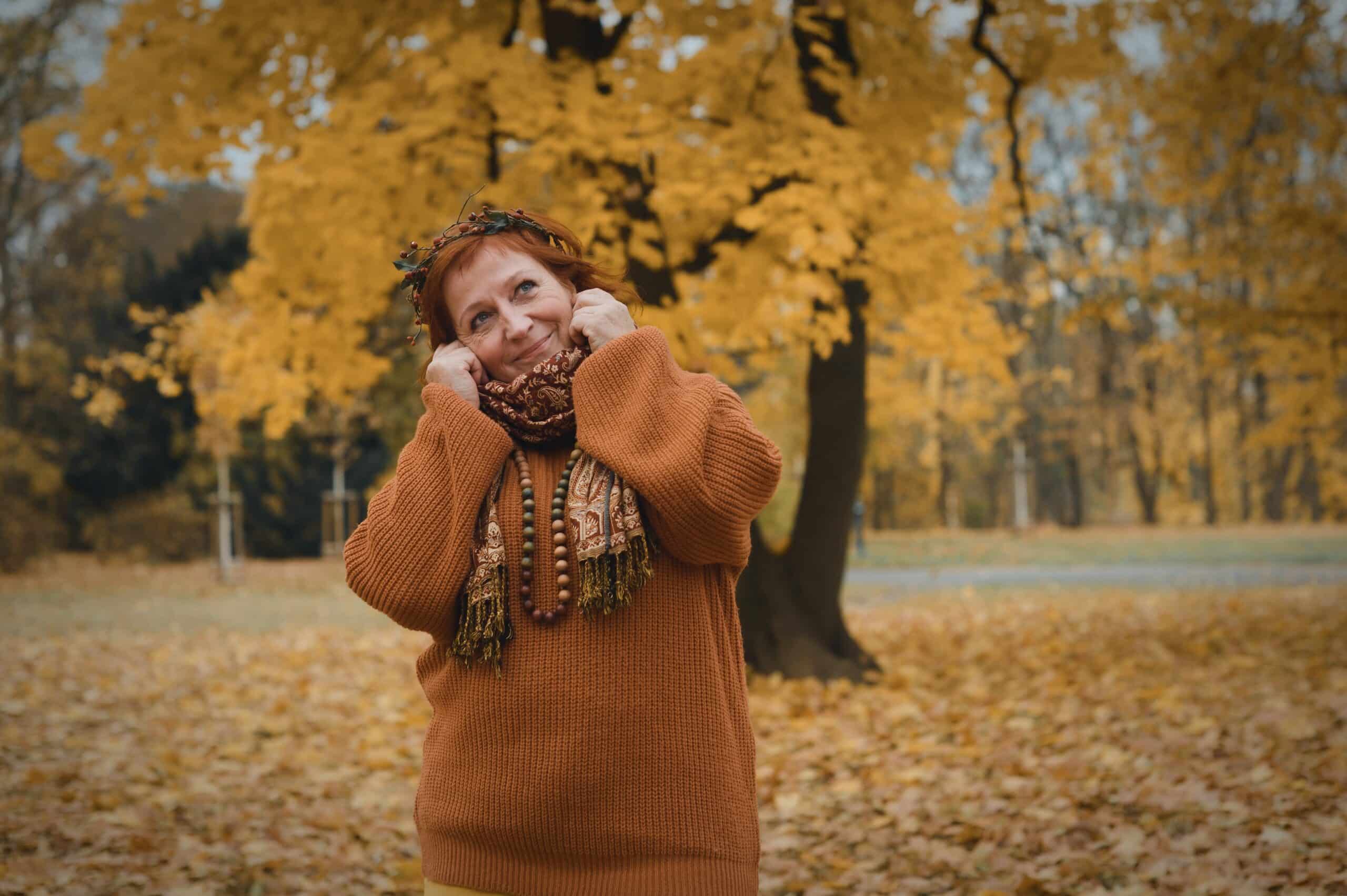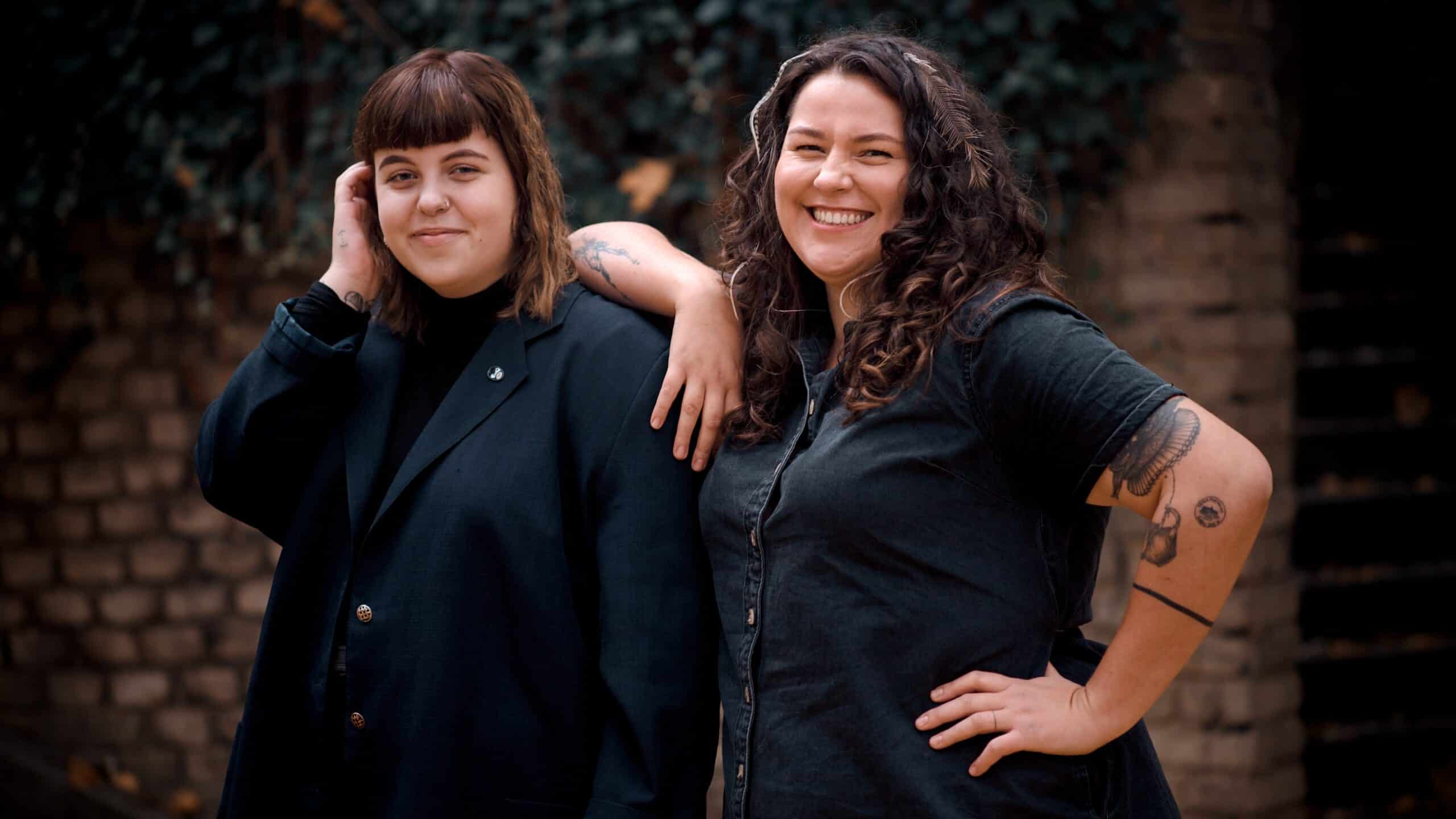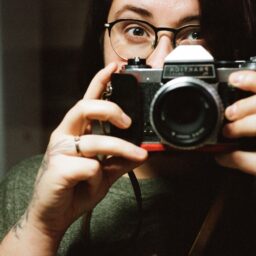Communicating with Your Models

How should photographers speak to their models? How should they set up a photoshoot with results that make everyone happy? Communication is the key to success and will help you have both great photos and happy clients. The two go hand in hand for a job well done.
In this article, we will mainly focus on communication during the photoshoot. However, we will also go over the importance of the right way to deal with your clients before and after the shoot. The way you act during the photoshoot may be more important than how the photos turn out. For this reason, it’s a good idea to know how to communicate with your models and know exactly what to say when working with them.
The three stages of communication
Before, during, and after the shoot.
- Before the shoot: It’s important to communicate with your model and find out what they’re comfortable with and what works for them. Find out if they like having their picture taken in front of other people, if they have any allergies, or low tolerance to lighting or extreme temperatures. You may want to discuss their outfit choice and make sure it’s something both you and your model like. Clarify what is acceptable and what is not, especially if you are doing nude or boudoir photography.
- During the shoot: Before we jump into details, the basic idea is learning to talk with and guide your model. Help your model discover flattering poses and make them feel good about themselves.
- After the shoot: It’s important to respect the model’s opinion of the photos. If an uncomfortable situation arises and the model doesn’t like how they look in the photos, it’s not in your best personal or professional interest to insist on your opinion, even if you think the photo is beautiful.
These three stages will help you get great photos. But don’t forget mutual respect and openness.

How to give instructions during the photoshoot
You’ll find a large number of articles on the internet about perfect poses. The majority of these articles give you suggestions for making your model look thin and young. This is a bit of a contradiction. Instead of trying to make your model look thin and young, try learning the techniques to get flattering photos of your model’s true appearance.
- Thin doesn’t mean beautiful
- Makeup doesn’t equal beauty
- Young doesn’t mean beautiful
This may come as a surprise to you, but beauty is beauty. A full-figured woman looks beautiful in photos when she accepts herself for who she is. An older woman can be stunning with each and every one of her wrinkles. Your model can be perfect without a drop of makeup. This frame of thinking teaches us how to communicate with our models.
In today’s age, it’s perfectly acceptable to be skinny, chubby, young, old, short, or tall. And with acceptance comes a new range of photography options and communication during the shoot.
Look for flattering and unique camera angles. Elicit scenarios that are authentic and capture your model’s reaction to them. Talk with your model about how they see themselves and what they like about themselves. Check out Pinterest or Google together for interesting ideas for poses and try them. Find poses that look good for the model. Don’t try to alter the way your model looks.
Move around during the shoot based on these three principles:
- Lighting: You can make use of backlight or have your model slightly lift their head to catch the light from above.
- Poses: You want to choose poses that are interesting and not awkward.
- Background: Move your model so they blend into the surroundings and make sure there isn’t anything “growing out of their head.”
While communicating with your model, it’s important to understand they are likely to feel nervous. This is where words of encouragement and especially praise come in. Tell them how good they look and how flattering and great a particular angle is. Say these things out loud. It helps your model feel at ease.

Dos and Don’ts
Many things during a photoshoot really should not be said. Then again, there are things you should say to help your model. Here’s a brief outline of what should and should NOT be said to avoid losing clients.
What NOT to say:
- This is unflattering
- This makes you look fat/old/short…
- This makes your teeth/hands look ugly…
- This makes your butt look good
- This makes your (anything) sexy
- Smile!
And the list goes on. In short, don’t comment negatively on your model’s appearance in any way. At the same time, don’t flatter your model in a way that crosses the line. Some photographers have done this, and models have experienced sexual harassment. Be very careful with this and keep in mind sexual harassment can be verbal.

Never tell a woman (or anyone else) to smile.
Ask your model if they want to smile. Or, let them smile on their own. Some people simply don’t want to smile and that’s perfectly acceptable.
What to say:
- This is not a good photo
- You look great/beautiful this way…
- This accentuates your (model’s strength)
- This is a nice/flattering angle
- You don’t have to hold that pose if it’s uncomfortable
- This is a nice facial expression
- Can we try something else/different?

In closing
It may seem like a photographer’s instructions are simply: turn your head this way and move your shoulders like this or that. In reality, it’s not that simple. Of course, you need to guide your model to pose in a way that makes sense. But first and foremost, it’s important to communicate with your model so they feel at ease. This article isn’t here to give you tips on how to move your model’s head or adjust the background, but advice for making sure your models are happy. To make sure they come back and perhaps recommend you to their friends.
It’s not art if you have your model stand in a way that makes them look completely different or “better.” However, the art is in accepting them as they are and getting beautiful photos of them as their authentic selves. Wishing you many beautiful photographs and happy clients.

There are no comments yet.